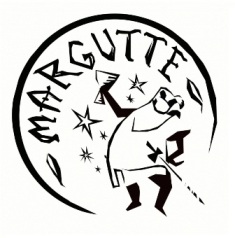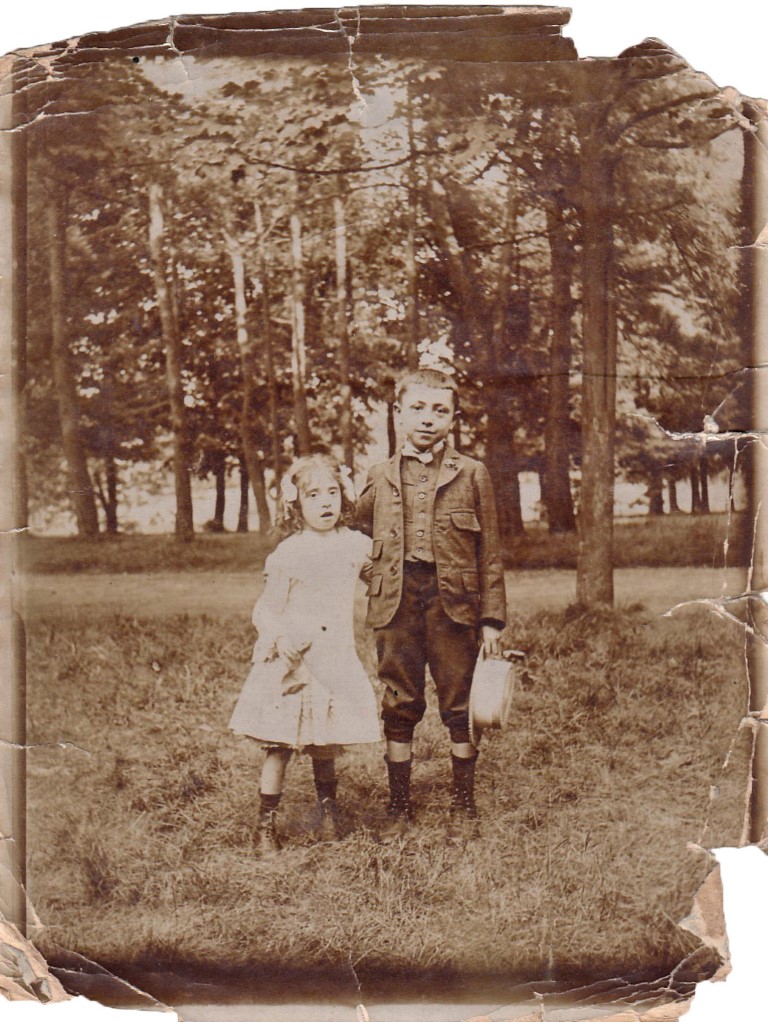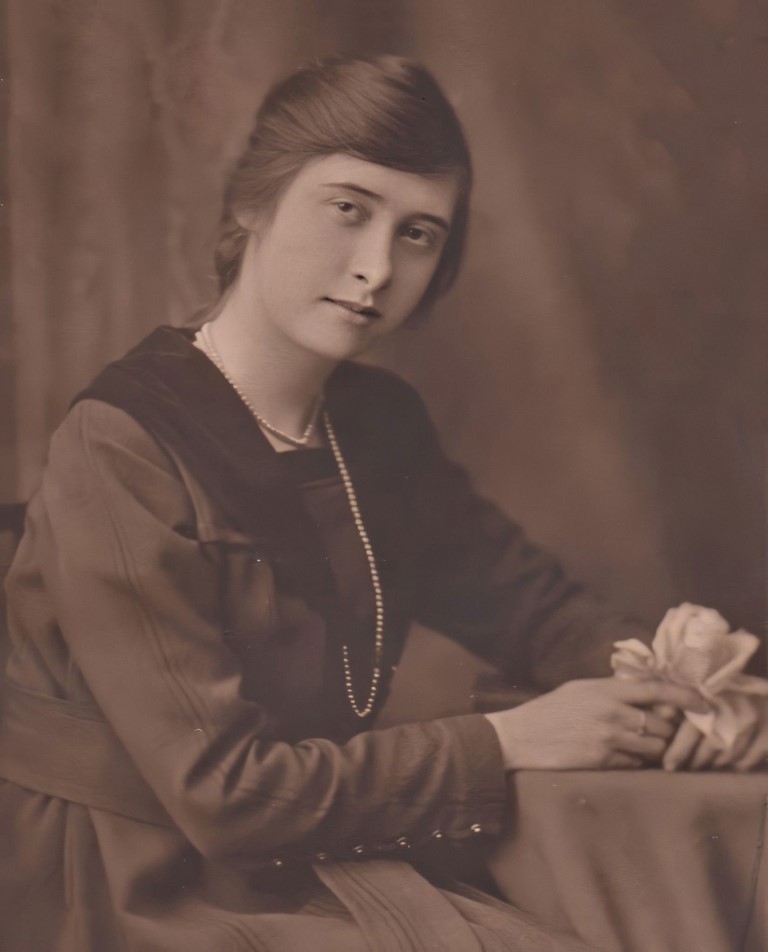ANTONIA SUTZKEVER (researched and edited by)
The Migration Memory Memorial website https://migrationmemorymemorial.com presents the archive of a radical Jewish family. Spanning almost one hundred years from 1890 to 1989, it includes a diary, letters and photographs. These documents reveal the migrations of the family from Russia to England, to France, and to the USA. Several moving individual stories are woven into the tapestry of these events. These contain unique personal accounts, not only of migration and poverty, but also of the complexities of ancestry, love, betrayal, marriage, divorce, and relationships between parents and children, including the separation of a brother and a sister.
The material was first ‘kept’ by the reclusive bachelor, Leon B. who died in 1987. It related to several generations of his immediate family. After Leon’s death, when the executors of his estate entered his council flat in North Kensington, London, they found it littered with piles of bills and circulars that covered the entire floor. Scattered among these papers was a good deal of the material that now forms this archive. They found more documents tucked away on shelves and packed into corners, and still more hidden in the secret compartment of a bureau made by Leon’s father, the cabinet-maker Abraham B. (1867-1948). The website juxtaposes material from this private archive with documentation of contemporary events in the wider world and in this way, contextualizes the personal stories with society and politics of the period.
Since its discovery, this archive has taken 34 years of dedicated work to reach the stage where it can be made accessible to the public. The family involved in this process have had many setbacks and discussions about what to do with the material, including whether it would be best to allow it to stay hidden in a library. However, after much careful deliberation and advice, it was agreed that there was so much valuable material in the archive, that it might be of benefit to academics, researchers and those involved in family histories. It was also considered that the wider public might be interested in the underlying story that emerges over the years.



